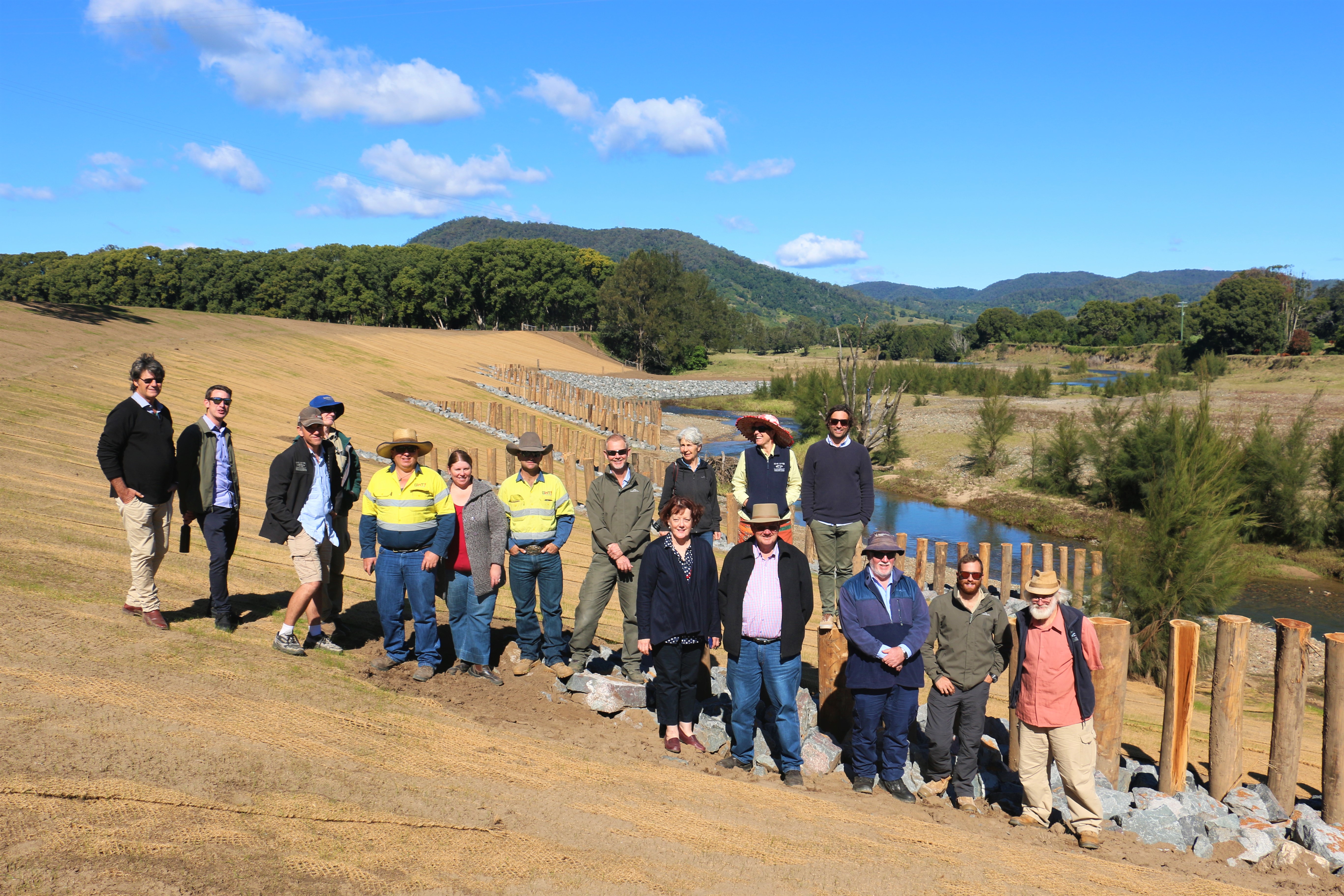|
|
Community and stakeholder engagement, extension and educationThe success of rehabilitation activities frequently relies on effective engagement with relevant stakeholders and the broader community and in many cases, this can be the greatest outcome of the project. The investment of time, method selected and costs associated with community and stakeholder consultation/engagement will be dependent on multiple factors including project budgets and stakeholder/community interest and capacity. Community and stakeholder consultation and engagement can promote acceptance and ownership of rehabilitation works. Particular effort should be made to effectively engage with the Traditional Owners and First Nations people using appropriate culturally appropriate methods. Often, rehabilitation projects benefit through the development of a community/stakeholder engagement plan prior to the commencement of an individual project. The engagement plan will guide the consultation process throughout the life of a project. Engagement with stakeholders may expand funding opportunities, as well as broaden the range of rehabilitation methods, maintenance and monitoring options considered. Potential benefits from this intervention:
Intervention considerations:
Additional informationLinks:
References
Last updated: 3 June 2022 This page should be cited as: Department of Environment, Science and Innovation, Queensland (2022) Community and stakeholder engagement, extension and education, WetlandInfo website, accessed 8 May 2025. Available at: https://wetlandinfo.des.qld.gov.au/wetlands/management/rehabilitation/rehab-process/step-4/intervention-options/community-stakeholder-consult-engagement-mod.html |

 — Department of the Environment, Tourism, Science and Innovation
— Department of the Environment, Tourism, Science and Innovation


